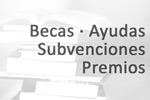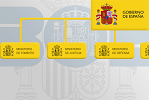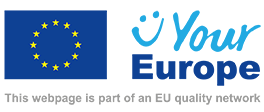Product safety
Content
Product safety
Protection against risks that may affect their health and safety is one of the fundamental rights of consumers. Goods and services placed on the market must be safe, which means they must not pose health or safety risks to consumers under normal or reasonably foreseeable conditions.
Product safety is mainly regulated in the harmonised legislation. This legislation sets out the essential requirements that products must meet and is linked to the European Safety Gate database referred to in Regulation (EU) 2023/988 of the European Parliament and of the Council of 10 May 2023 on general product safety, for cases where there is a serious risk. All authorities responsible for implementing the essential requirements in the harmonised legislation have responsibilities regarding product safety. Regulation (EU) 2023/988 on general product safety also applies where there is no harmonised legislation or where that legislation does not cover certain safety aspects.
What is the definition of a safe product?
Firstly, Regulation (EU) 2023/988 defines ‘product’ as ‘any item, whether or not it is interconnected to other items, supplied or made available, whether for consideration or not, including in the context of providing a service, which is intended for consumers or is likely, under reasonably foreseeable conditions, to be used by consumers even if not intended for them’.
According to the same Regulation, a ‘safe product’ is defined as any product which, under normal or reasonably foreseeable conditions of use, including the actual duration of use, does not present any risk or only the minimum risks compatible with the product’s use, considered acceptable and consistent with a high level of protection of the health and safety of consumers.
Article 6 of the Regulation sets out aspects to be taken into account in determining the safety of a product:
- The characteristics of the product, including its composition and packaging;
- The effect on other products, where it is reasonably foreseeable that the product will be used with other products, and the effect that other products might have on the product to be assessed, where it is reasonably foreseeable that other products will be used with that product;
- The presentation of the product, in particular: the labelling; any warnings and instructions for its use and disposal; instructions for its safe use and disposal, and any other indication or information regarding the product;
- The categories of consumers using the product, in particular vulnerable consumers such as children, older people and persons with disabilities;
- Categories of consumers who are at risk when using the product, in particular children and older people;
- The appearance of the product where it is likely to lead consumers to use the product in a way different to what it was designed for;
- Where a product, although not a foodstuff, resembles a foodstuff and is likely to be mistaken for a foodstuff, or where although not designed nor intended for use by children, it may be used by children for other reasons;
- When required by the nature of the product, the evolving, learning and predictive functionalities of the product.
A ‘risk’ is defined as the combination of the probability of an occurrence of a hazard causing harm and the degree of severity of that harm. The likelihood of harm occurring and the severity of the harm will be assessed jointly in order to classify a risk from the viewpoint of its seriousness, among other possible circumstances. A ‘serious risk’ is defined as a risk which, based on a risk assessment and taking into account the normal and foreseeable use of the product, is considered to require rapid intervention by the market surveillance authorities, including cases where the effects of the risk are not immediate.
A product that is going to be placed on the market in Spain will be considered safe if it complies with the mandatory regulatory provisions in Spain laying down health and safety requirements.
Who is responsible for product safety?
Economic operators have a duty to place only safe products on the market.
‘Economic operator’ means ‘the manufacturer, the authorised representative, the importer, the distributor, the fulfilment service provider or any other natural or legal person who is subject to obligations in relation to the manufacture of products or making them available on the market in accordance with this Regulation’.
Economic operators and providers of online marketplaces have a number of duties regarding the products they place on the market. These duties include keeping themselves informed about the compliance of their products with the safety requirements, and acting and informing the authorities, other economic operators and consumers accordingly, where appropriate. They must withdraw any dangerous products from the market, make the necessary corrections to prevent risks, or even recall the products from consumers.
Which authorities are competent for product safety?
Consumer authorities in the autonomous communities are responsible for ensuring that the duties laid down in Royal Decree 1801/2003 of 26 December on general product safety are properly fulfilled. Given the distribution of these competences, it is the consumer authorities in the autonomous communities that carry out market inspections and checks. They must therefore carry out extensive monitoring of the market to check that products sold on the market and economic operators comply with all the obligations laid down in the applicable legislation.
The autonomous communities’ consumer services ![]() act as contact points in relation to general product safety and for the national alert network for non-food products in cases where safety is not regulated by other legislative arrangements for which another authority is exclusively responsible.
act as contact points in relation to general product safety and for the national alert network for non-food products in cases where safety is not regulated by other legislative arrangements for which another authority is exclusively responsible.
As far as central government is concerned, the Directorate-General for Consumer Affairs, under the Ministry of Social Rights, Consumer Affairs and Agenda 2030, coordinates market monitoring authorities and is the national contact point in the European rapid alert system for non-food products (Safety Gate, formerly known as RAPEX), where information is shared with the European Commission and other Member States. It is also responsible for managing the national alert network for non-food products as the national contact point through which information is exchanged between central government and the autonomous communities.
The Directorate-General for Consumer Affairs provides cooperation and technical support to the consumer services of the autonomous communities and other public authorities on official controls or market monitoring of goods and services, with a view to combatting fraud and protecting consumers’ health and safety and economic interests.
The Directorate-General for Consumer Affairs also coordinates Spain’s position and, where appropriate, its representation in matters affecting the protection of consumer rights before the European Union and international organisations.
What action is taken when an dangerous product is identified?
When it is found that a product is likely to pose health and safety risks, it must be prevented from reaching consumers. In order for information to be exchanged effectively, a rapid information exchange system needs to be set up, enabling the information to be disseminated quickly to all the authorities involved. In Spain, there is an alert network for non-food products, which serves to provide notifications of products presenting a serious risk between authorities in the autonomous communities and the Directorate-General for Consumer Affairs under the Ministry of Social Rights, Consumer Affairs and Agenda 2030. A rapid alert system (Safety Gate) operates in parallel, for exchanging information between Member State authorities.
In order to determine whether a product is dangerous, the appropriate checks are carried out to see whether or not it complies with the applicable regulations. If an instance of non-compliance is identified that might pose a risk to consumer safety, restrictive measures (prohibition of placing on the market, withdrawal of stock from the market and recall from consumers) are taken and notified through the national alert network for non-food products and, at European level, through the rapid alert system (Safety Gate).
The alert network is triggered when an authority decides to take restrictive measures against a product due to the risk it poses. Under certain circumstances, a national alert is then escalated to European level.
All information related to the alert network can be found here. ![]()
What action is taken when a product is dangerous?
In order to determine whether a product is dangerous, appropriate checks are carried out to see whether or not it complies with the applicable regulations.
How is a dangerous product identified?
- Thanks to information from economic operators and providers of online marketplaces, in accordance with Chapters III and IV and Article 27 of Regulation (EU) 2023/988.
- Thanks to information from complaints or reports received from economic operators or industry associations, consumers, consumer organisations, etc.
- Thanks to notifications by healthcare professionals via the STATE SYSTEM FOR REPORTING CONSUMER PRODUCT INCIDENTS
website.
- Thanks to consumer notifications regarding products purchased in the EU single market to the responsible authority through the Consumer Safety Network
portal.
Information for each Autonomous Community



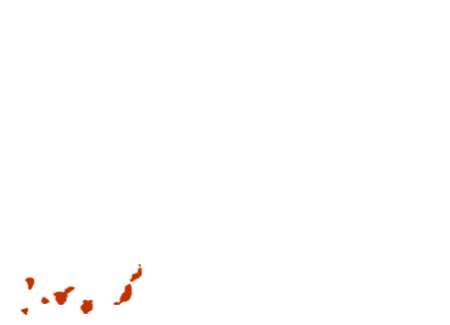

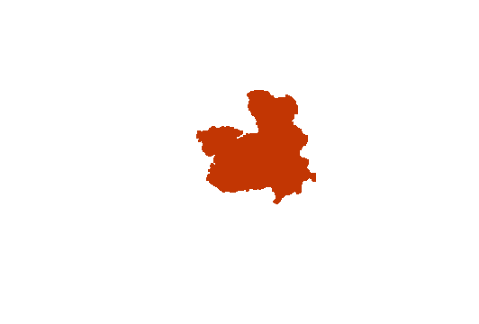
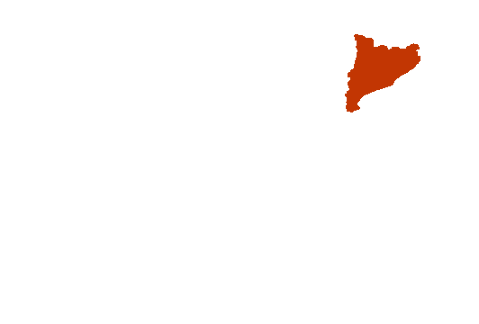
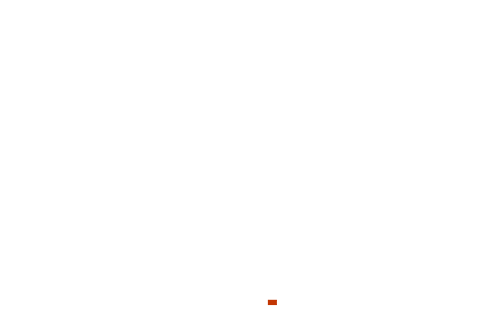
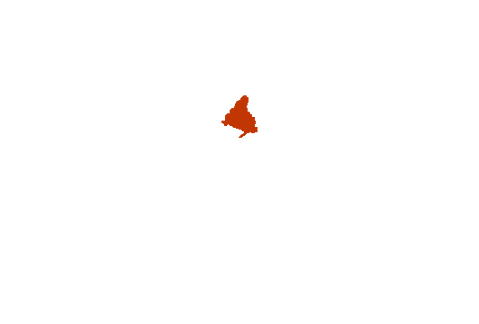

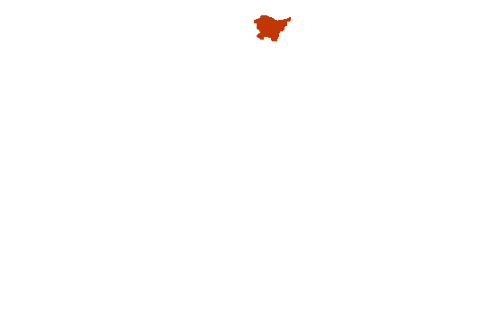
Andalucía Aragón Asturias, Principado de Balears, Illes Canarias Cantabria Castilla y León Castilla-La Mancha Cataluña Ciudad de Ceuta Ciudad de Melilla Comunitat Valenciana Extremadura Galicia Madrid, Comunidad de Murcia, Región de Navarra, Comunidad Foral de País Vasco Rioja, La
Legal and/or technical references
-
Consumer rules

-
Quality, safety and market surveillance

-
Alert system

-
Royal Decree 1801/2003 on general product safety

-
Regulation (EU) 2023/988 of the European Parliament and of the Council of 10 May 2023 on general product safety, amending Regulation (EU) No 1025/2012 of the European Parliament and of the Council and Directive (EU) 2020/1828 of the European Parliament and the Council, and repealing Directive 2001/95/EC of the European Parliament and of the Council and Council Directive 87/357/EEC






